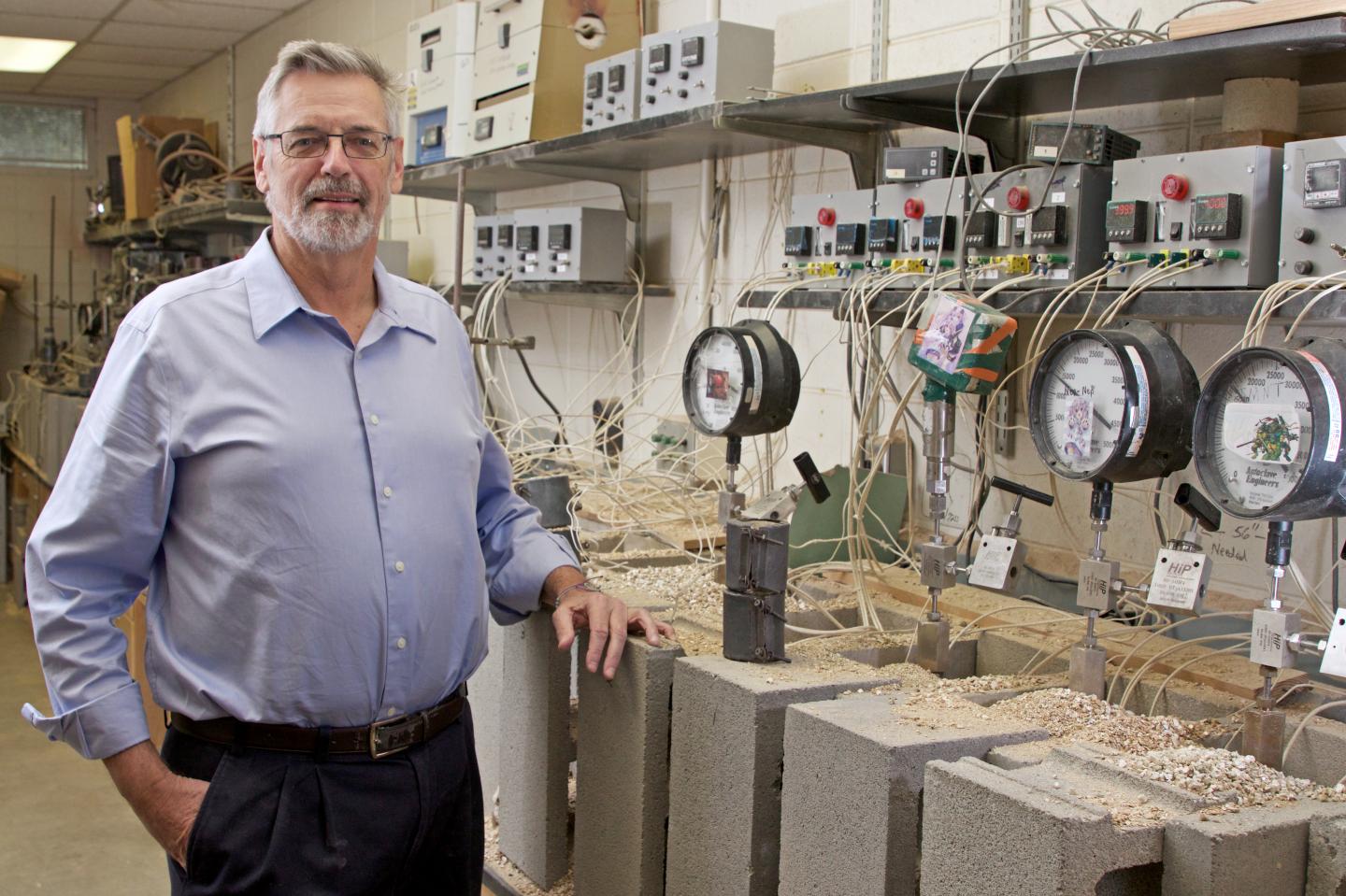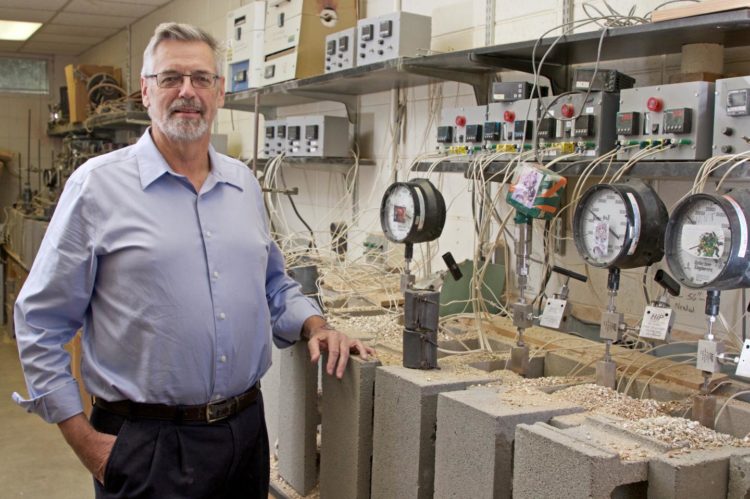
Credit: Clemson University College of Science
CLEMSON, South Carolina — An emerging technology called quantum computing may soon be capable of solving incredibly complex problems that are beyond the capacity of today’s most powerful supercomputers. When this eventually happens, quantum computing will revolutionize a range of fields, including encryption and cybersecurity, drug discovery and weather forecasting.
Unlike conventional computers that store information in binary form (either 1 or 0), quantum computers exploit the strange properties of quantum physics to store information in multiple forms known as qubits. Consequently, operations can be done much faster and computational power increases exponentially.
In order for quantum computing to reach its full potential, however, researchers need to develop new quantum materials to make more reliable qubits, the basic elements of a quantum circuit — analogous to semiconductor transistors and integrated circuits in today’s computers.
Clemson University College of Science professor Joe Kolis recently received a $550,000 Department of Energy grant to rationally design new quantum materials from rare earth oxides. An expert in hydrothermal synthesis, Kolis will use a combination of water, high pressure and extreme heat to make new compounds with magnetic and other properties that are suitable for quantum computing and data storage.
“The checklist of things you’ve got to hit to get a good candidate material for quantum computing is pretty long,” said Kolis, the Tobey-Beaudrot Professor of Chemistry in the department of chemistry.
One major consideration is how the material functions at extremely cold temperatures. To work properly, quantum computers operate at about minus-450 Fahrenheit, which prevents qubits from flipping between quantum states and introducing computational errors.
This presents a major challenge for new materials. “By the time you cool material down to about 50 Kelvin or minus-370 Fahrenheit, the magnetic vectors have order in them,” Kolis explained. “But we want a material to supercool and have the magnetic vectors float around in the crystal and never quite fully order, which is what’s needed for the quantum phenomenon to take over.”
To overcome this challenge, Kolis proposes growing high-quality single crystals made from germanate pyrochlores at lower temperature and pressure than ordinarily required of the rare earth elements. Typically, researchers heat these compounds to their melting point of about 4000 degrees Fahrenheit to manipulate their properties.
However, heating the rare earths to that extreme introduces all sorts of problems and results in defective material, Kolis said. But with his high-pressure technique, Kolis only has to heat the material to about 1000 degrees Fahrenheit.
“The fact that we can reduce the growth temperature by a factor of three or four means we don’t get disorder or a breakdown in the lattice, so we’re able to get high-quality material this way,” he said. “We’re essentially building the material very gently, brick by brick, so it’s organized. Then when we start to cool it down, whatever magnetic vectors are there, they just collapse. But the atoms will order, which is how you create a quantum material.”
Kolis anticipates that the three-year project will provide a better understanding of what happens inside rare earth crystals when trying to manipulate the magnetic vectors.
“What we’ll contribute is a better understanding of what it takes to achieve quantum disorder in these compounds,” Kolis said.
Kolis is collaborating on the project with Colorado State University physics assistant professor Kate Ross, an expert in neutron-scattering measurement techniques, which she’ll use to characterize the crystals grown by Kolis and study how they respond to a range of temperatures. Ross also provides guidance on the types of electronic and magnetic functionality required for quantum computing.
According to Kolis, he’s one of only a handful of researchers worldwide who grow crystals using hydrothermal synthesis, so he and his students have had to build all of their own high-pressure growth equipment. Producing quality material under these extreme conditions wouldn’t be possible without the expertise of Clemson University’s Machining and Technical Services (MTS) group.
“Those guys are really good, and they have contributed a lot to my research,” Kolis said. “Not only do they do the machining, but they can give me design suggestions on the equipment. They’re a critical part of this project.”
###
This material is based upon work supported by the U.S. Department of Energy through grant DE-SC0020071. The views and opinions of authors expressed herein do not necessarily state or reflect those of the United States Government or Department of Energy, FA R&D Special TC NOVEMBER 2017- FF Page 4 of 12 thereof.
Media Contact
Laura Schmitt
[email protected]
864-656-9348
Original Source
https:/





